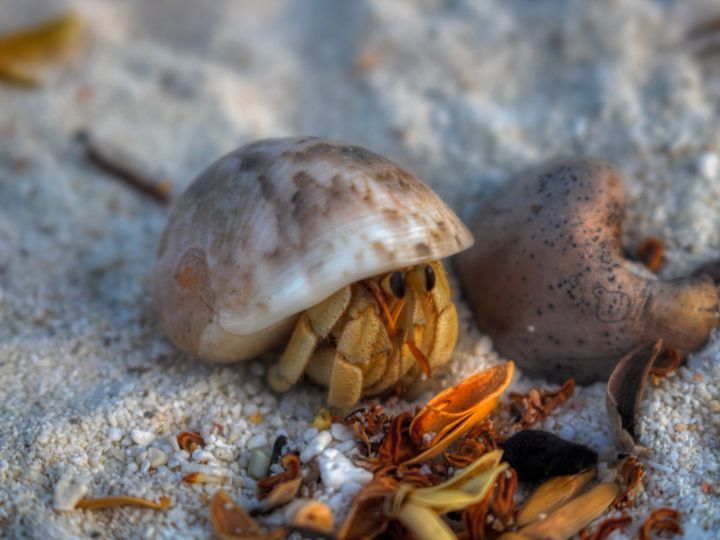
Image by Jonny Belvedere from Pixabay
Hermit crabs carry their homes with them.
The Hermit Crab is known for its habit of "stealing" and using empty shells as protective homes. They often have funny and unusual combinations, such as a hermit crab living in a shell originally inhabited by a snail. To protect themselves, they use empty shells of other mollusks as portable homes. The crabs' bodies are usually asymmetrical, allowing them to fit comfortably into the spiraled shells they inhabit. They often compete with one another for shells, engaging in shell fights or "shell jousting."
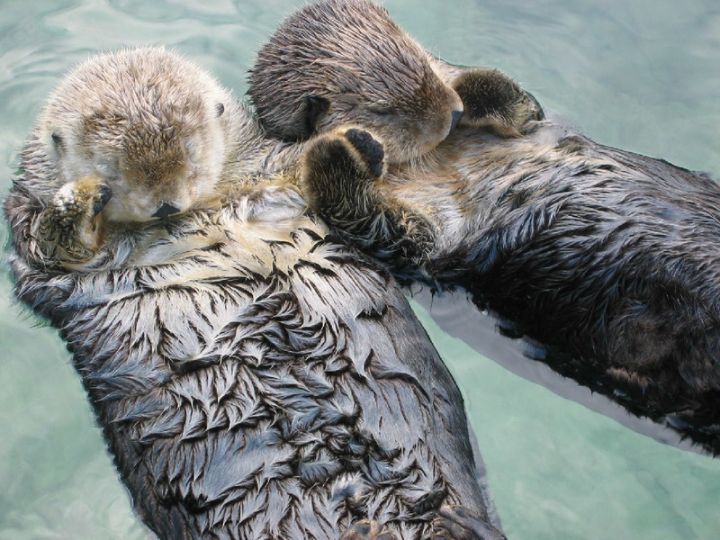
Image by Joe Robertson from Austin, Texas, USA., CC BY 2.0, via Wikimedia Commons
Sea otters hold hands while sleeping to prevent drifting apart.
Sea otters have a unique way of keeping themselves together in the water to prevent drifting apart from their social group or losing each other. They form groups called rafts, where they float on their backs, often holding hands or grasping onto each other's bodies using their paws. This holding hands behavior is known as "rafting." By holding hands, sea otters create a stable and close-knit raft that helps them stay together while resting. This is especially important for mother otters, as they need to keep their young ones close to them and ensure their safety. The rafting behavior provides a sense of security and social bonding within the otter community.
The Great Barrier reef is the largest coral reef on the earth
The Great Barrier reef is the largest coral reef on the earth stretching for over 2,300 kms and we can even see it from space. This reef is located in the coral sea, off the coast of Queensland, Australia.
The world's muddiest river is the China's yellow river
The world's muddiest river is often considered to be the Yangtze River in China. The Yangtze River, also known as the Chang Jiang, is the world's muddiest river. The Yangtze River gets its muddy appearance from the large amount of sediment it carries. The river flows through areas with rich soil and extensive agriculture, causing erosion and sediment runoff into the river. Additionally, heavy rainfall and frequent flooding in the region contribute to the high sediment load. The sediment in the Yangtze River gives it a yellowish-brown color, earning it the nickname "Yellow River of the South." The muddy waters make navigation challenging and can affect aquatic ecosystems, as well as the quality of water for human use.
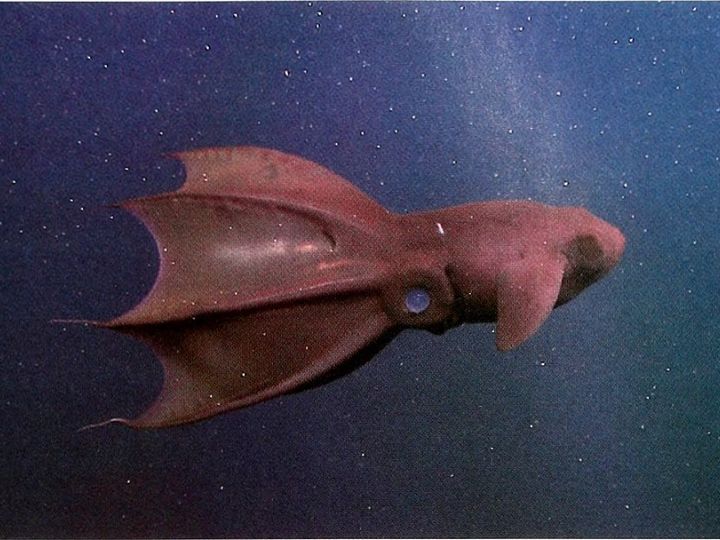
Image by Internet Archive Book Images, CC0, via Wikimedia Commons
The vampire squid has the ability to turn itself inside out to deter predators.
The vampire squid, despite its name, is not a true squid nor a vampire. It possesses unique features such as bioluminescent light organs and the ability to turn itself inside out to deter predators. The scientific name of this animal is Vampyroteuthis infernalis, which means “vampire squid from hell.” But this name is misleading — it's not a squid at all! It is the only living member of the family Vampyroteuthidae.
The word "muscle" comes from the latin word musculus which means little mouse, because ancient romans observed that muscles moving under the skin looked like mice running about.
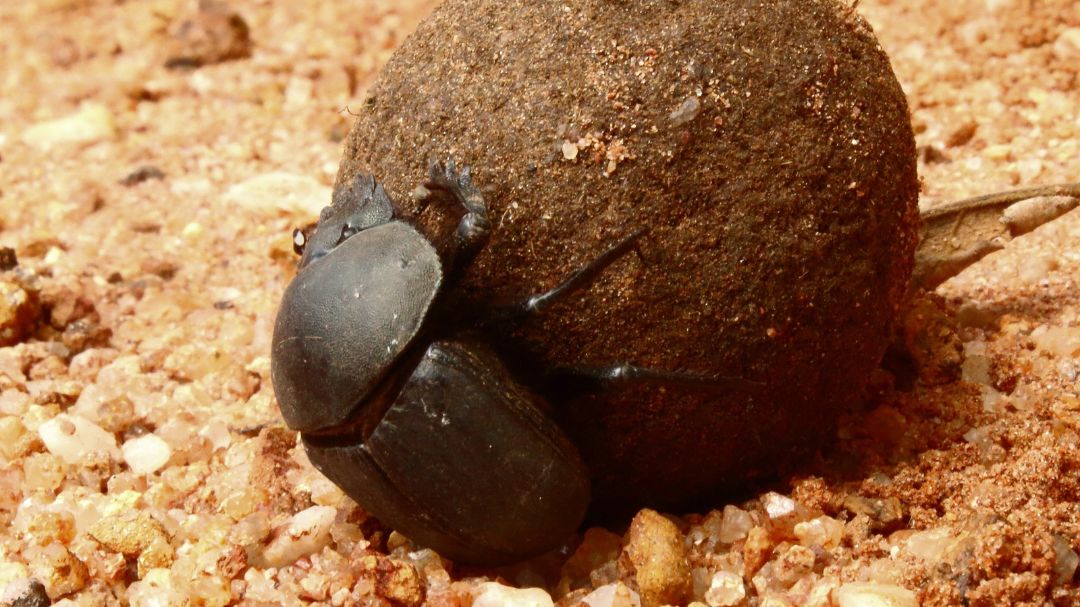
The dung beetle is the world's strongest insect
It is not only the world's strongest insect but also the strongest animal on the planet compared to body weight. They can pull a weight that is 1141 times heavier than its own body. That is equivalent of a human pulling six buses at once.
In 1960, British chimpanzee expert Jane Goodall discovered that chimps can make and use tools.
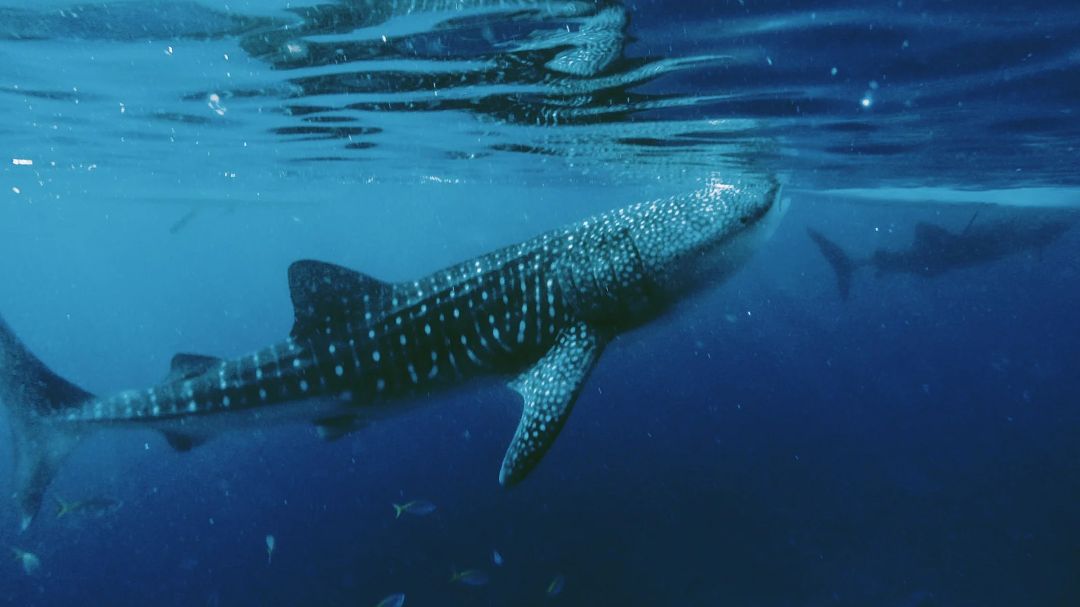
The largest fish is the Whale shark
Whale Shark is n't a whale. Actually it is a shark. But it is as large as some of the whales and hence it got the name Whale Shark.
Male humpback whales sing songs that last 20 minutes or longer. They may be doing this to serenade females.

The hummingbird is the only bird that can fly straight up, down and backwards.
Crocodiles also cry.
Crocodiles do not cry in the same way that humans do. They do it to lubricate the eyes and get rid of excess salt in their bodies, not because they are sad.
The footprints on the moon remain there for millions of years.
There is no wind or rain on the moon, so the footprints made by astronauts are likely to remain there for millions of years.
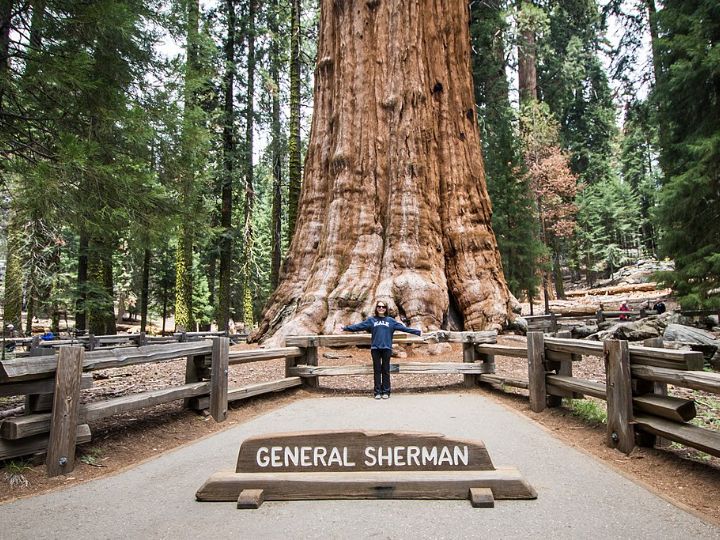
Image by m01229 from USA, CC BY-SA 2.0, via Wikimedia Commons
